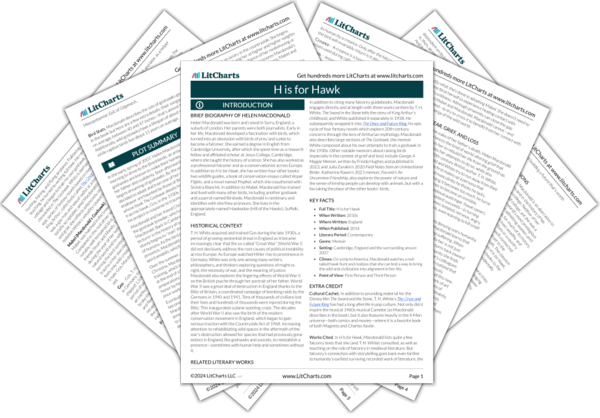Calling-off Quotes in H is for Hawk
I stood there, raised my arm, and whistled the whistle that meant, Please come. This is where you want to be. Fly to me. Ignore the towering clouds, the wind that pushes the trees behind you. Fix yourself on me and fly between where you are and where I am. […] I’d see her drop from the perch, speed towards me, and my heart would be in my mouth. […] I feared the veering off, the sudden fright, the hawk flying away. But the beating wings brought her straight to me, and the thump of her gripping talons on the glove was a miracle. […] There was nothing that was such a salve to my grieving heart as the hawk returning. But it was hard, now, to distinguish between my heart and the hawk at all. When she sat twenty yards [away it was] as if someone had taken my heart and moved it that little distance.
Mabel had flown perfectly for the last two days; she’d come fifty yards instantly to my upraised fist. Everything was accelerating towards that crucial point. Point in the sense of time. Point in the sense of aim. Point in the sense of something so sharp it hurts. Flying the hawk free, unencumbered by the creance, nothing stopping her headlong flight out and away but the lines that run between us; palpable lines, not physical ones: lines of habit, of hunger, of partnership, of familiarity. Of something the old falconers would call love. Flying a hawk free is always scary. It is where you test those lines. And it’s not a thing that’s easy to do when you’ve lost your trust in the world, and your heart is turned to dust.












